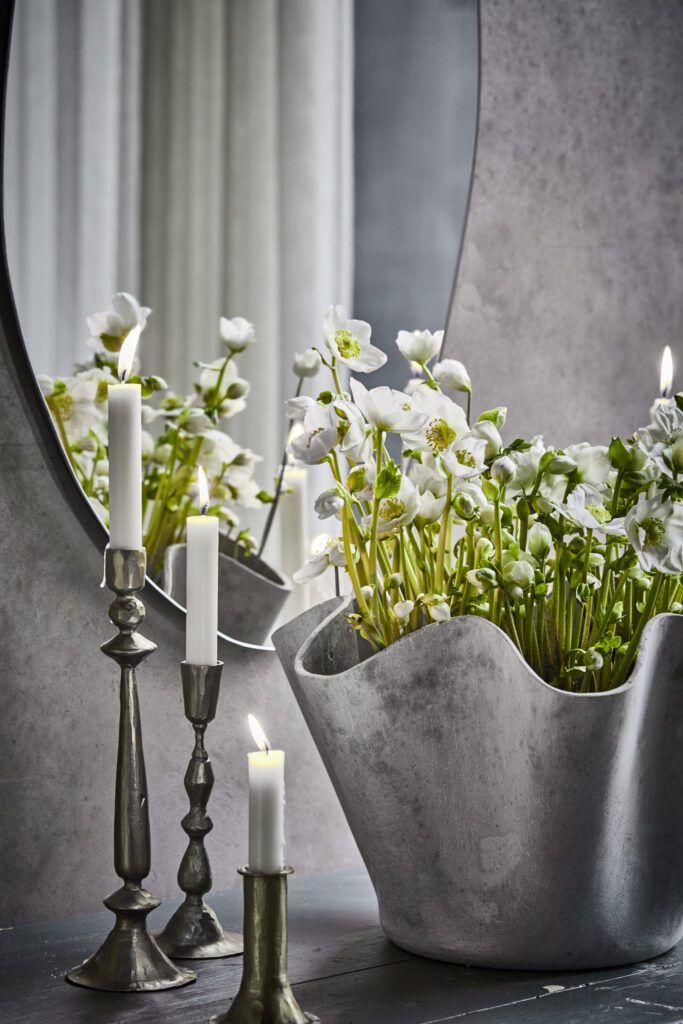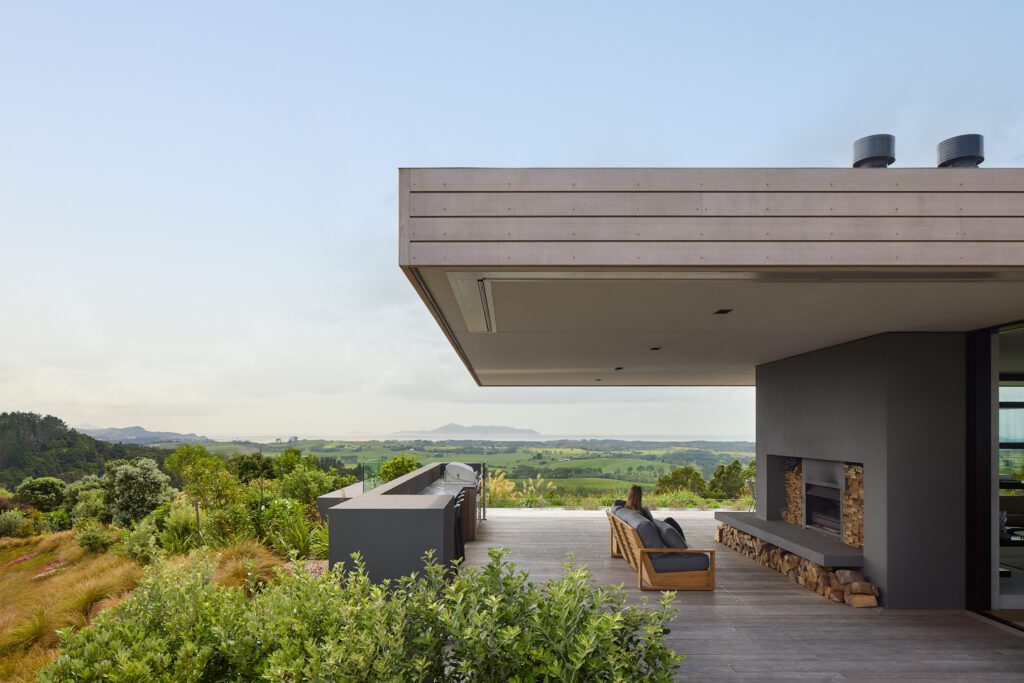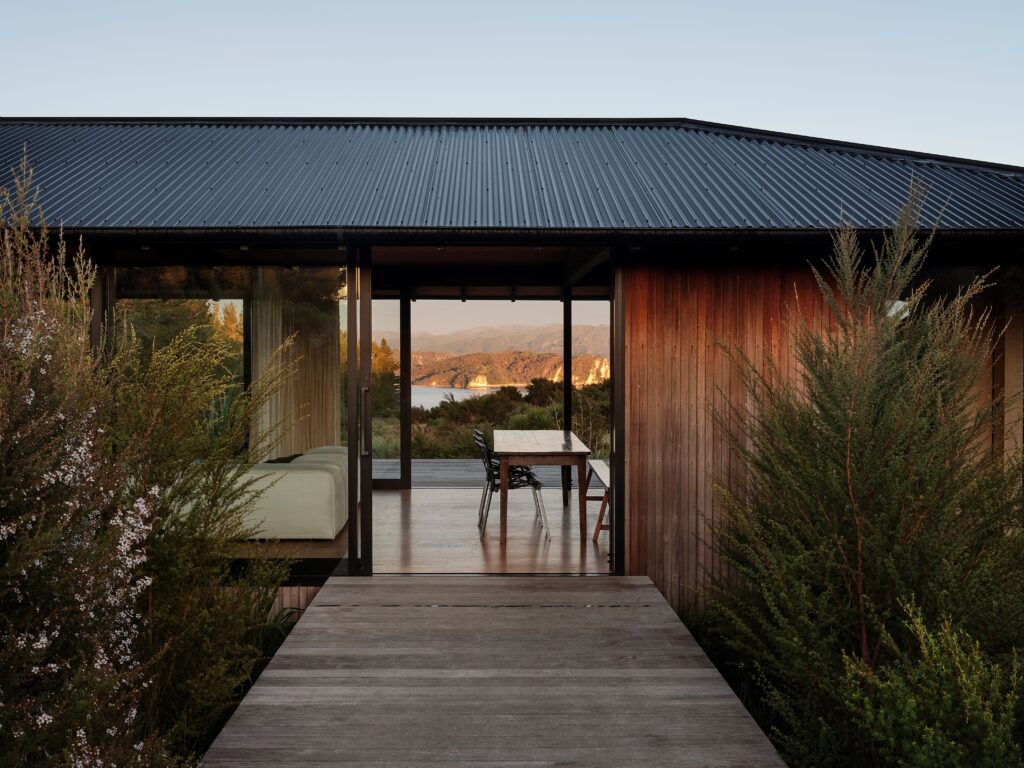Listen as HOME editor Simon Farrell-Green chats about the winner and runner up of Home of the Year on the RNZ Sunday Morning show
[jwp-video n=”1″]
Why the winner of Home of the Year 2017 was chosen
HOME editor Simon Farrell-Green sat down with Wallace Chapman on the Radio New Zealand Sunday Morning show to discuss this year’s Home of the Year winner.
The Cambridge Townhouse by Christopher Beer Architect took out the coveted prize with Guy Tarrant‘s Point Chevalier home winning both runner up and Best City Home awards.
When asked why the ‘flashest house’ didn’t win Farrell-Green says, “I think (the flashiest house) didn’t win because the house that did win, just captured something. I think it captured a moment in New Zealand and I think it’s a solution to a problem that a lot of people are facing”.
Listen to hear more about what swayed the judges to choose the winning home.
Audio courtesy of: Radio New Zealand. Photography by: Patrick Reynolds.
[related_articles post1=”68221″ post2=”68411″]




